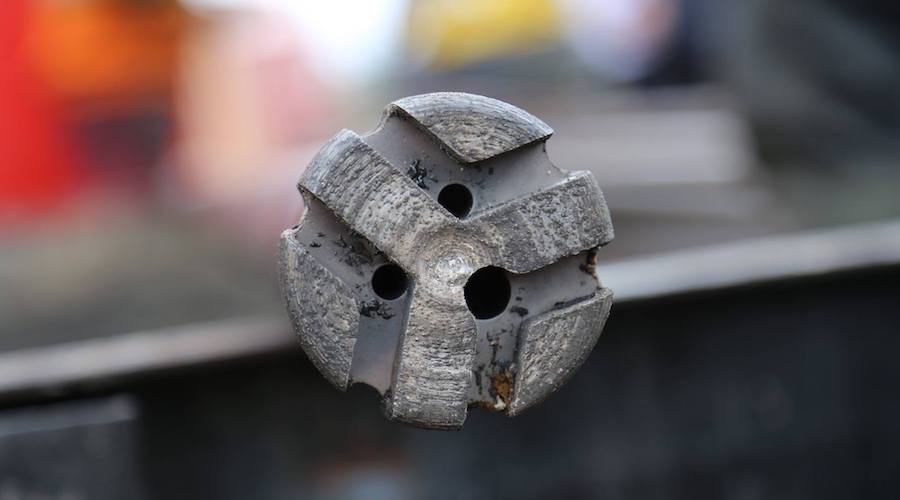Vancouver miners kick off diamond drilling program in Saskatchewan

ALX Uranium (TSXV: AL) and Denison Mines (TSX: DML) announced today they’ve just launched a winter diamond drilling program at the Hook-Carter uranium project located in the southwestern Athabasca Basin of Saskatchewan, Canada.
The project, which is owned 80% by Denison and 20% by ALX, consists of 80 claims covering 24,229 hectares and is located approximately 375 kilometres northwest of the town of La Ronge. In detail, it sits atop the Patterson Lake Corridor, which hosts the Triple R uranium deposit owned by Fission Uranium, as well as NexGen’s Arrow uranium deposit, and the Harpoon, Bow and South Arrow uranium discoveries.
In a press release, ALX and Denison revealed that for the winter exploration campaign, the latter has planned a 6-hole diamond drilling program, totaling approximately 3,900 metres. “The objective of the 2019 program is to test additional high-priority geophysical targets identified in the 2017 ground resistivity and electromagnetic surveys on the southwestern portion of the PLC. The 2019 drill targets geographically cover untested portions of each EM conductor on the southwestern portion of the PLC, and favour the eastern edge of the PLC where detailed geochemical analysis of the 2018 drilling results has revealed positive exploration vectors,” the media brief reads.
According to the miners, drilling in 2018 focused on the 2017 geophysical grid, identified zones of interest including reactivated brittle graphitic structures, prospective alteration assemblages, and promising distal geochemical anomalies. For this year, they say the plan is to use the data obtained over the past 12 months and deepen their knowledge of the property.
“Hook-Carter is a large, grassroots project with excellent potential to host economic high-grade uranium deposits across multiple prospective and unexplored trends,” said Sierd Eriks, President and Chief Geologist of ALX, in the media statement. “Denison’s 2019 program is designed to extend the focus of the 2018 drilling, and represents the completion of the first phase of reconnaissance exploration over a portion of the Patterson Lake Corridor.”
{{ commodity.name }}
{{ post.title }}
{{ post.date }}




Comments